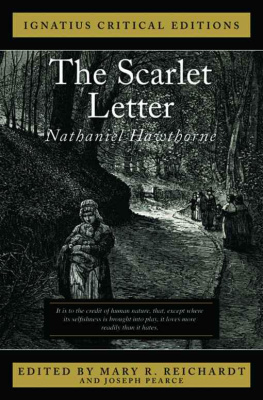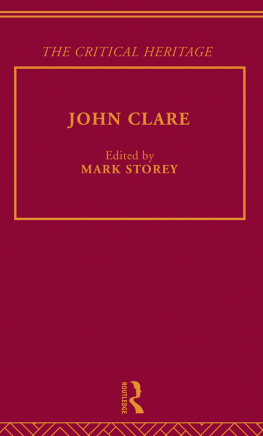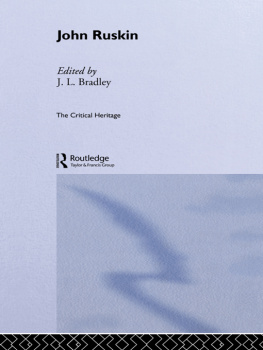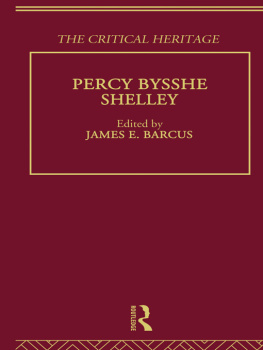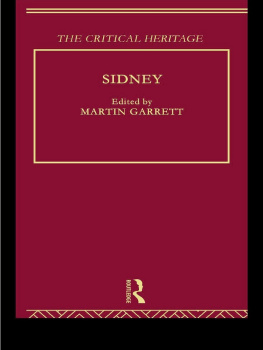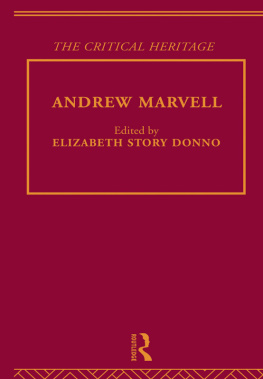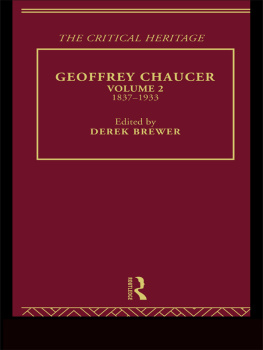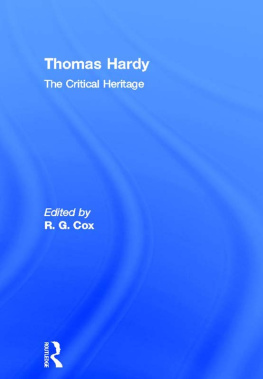SIR THOMAS MALORY: THE CRITICAL HERITAGE
THE CRITICAL HERITAGE SERIES
General Editor: B.C.Southam
The Critical Heritage series collects together a large body of criticism on major figures in literature. Each volume presents the contemporary responses to a particular writer, enabling the student to follow the formation of critical attitudes to the writer's work and its place within a literary tradition.
The carefully selected sources range from landmark essays in the history of criticism to fragments of contemporary opinion and little published documentary material, such as letters and diaries.
Significant pieces of criticism from later periods are also included in order to demonstrate fluctuations in reputation following the writer's death.
SIR THOMAS MALORY
THE CRITICAL HERITAGE
Edited by
MARYLYN PARINS
First published 1987
11 New Fetter Lane
London EC4P 4EE
&
29 West 35th Street
New York, NY 10001
This edition published in the Taylor & Francis e-Library, 2002.
Compilation, introduction, notes and index 1987 Marylyn Parins
All rights reserved. No part of this book may be reprinted or reproduced or utilized in any form or by any electronic, mechanical, or other means, now known or hereafter invented, including photocopying and recording, or in any information storage or retrieval system, without permission in writing from the publishers.
British Library Cataloguing in Publication Data
ISBN 0-415-13400-5 (Print Edition)
ISBN 0-203-19743-7 Master e-book ISBN
ISBN 0-203-19746-1 (Glassbook Format)
General Editor's Preface
The reception given to a writer by his contemporaries and near-contemporaries is evidence of considerable value to the student of literature. On one side we learn a great deal about the state of criticism at large and in particular about the development of critical attitudes towards a single writer; at the same time, through private comments in letters, journals or marginalia, we gain an insight upon the tastes and literary thought of individual readers of the period. Evidence of this kind helps us to understand the writer's historical situation, the nature of his immediate reading-public, and his response to these pressures.
The separate volumes in the Critical Heritage Series present a record of this early criticism. Clearly, for many of the highly productive and lengthily reviewed nineteenth- and twentieth-century writers, there exists an enormous body of material; and in these cases the volume editors have made a selection of the most important views, significant for their intrinsic critical worth or for their representative qualityperhaps even registering incomprehension!
For earlier writers, notably pre-eighteenth century, the materials are much scarcer and the historical period has been extended, sometimes far beyond the writer's lifetime, in order to show the inception and growth of critical views which were initially slow to appear.
In each volume the documents are headed by an Introduction, discussing the material assembled and relating the early stages of the author's reception to what we have come to identify as the critical tradition. The volumes will make available much material which would otherwise be difficult of access and it is hoped that the modern reader will be thereby helped towards an informed understanding of the ways in which literature has been read and judged.
B.C.S.
For my parents, Arline and Ewing Jackson, and for A.F.House
Contents
Acknowledgments
I am grateful to the publishers listed below for permission to include passages essential to this book and for their prompt responses to my inquiries: Boydell & Brewer for the excerpt from Professor Derek Brewer's introduction to Aspects of Malory; Cambridge University Press for the passages from The English Works of Roger Ascham, ed. William Aldis Wright, and for extracts from The Complete Works of Sir Philip Sidney, ed. Albert Feuillerat; Columbia University Press for a passage from the New Letters of Robert Southey, ed. Kenneth Curry; J.M.Dent & Sons Ltd and Everyman's Library for the use of Caxton's Preface to the Morte Darthur, the Early English Text Society for excerpts from Richard Robinson's translation of Leland's Assertion of Arthur which appeared in Chinon of England, ed. W.E.Mead; Ginn & Company for the extensive use of W.E.Mead's introduction to Selections from Sir Thomas Malory's Morte Darthur, Macmillan, London and Basingstoke, for introductory material from the Morte d'Arthur, ed. A.W.Pollard; and Yale University Press for the passages from the Yale Edition of the Works of Samuel Johnson, Johnson on Shakespeare, ed. Arthur Sherbo.
This book owes a great deal to the work of other scholars in the field. In addition to specialized books and articles, I am particularly indebted to three more comprehensive works, James Merriman's The Flower of Kings, Beverly Taylor's and Elisabeth Brewer's The Return of King Arthur, and Page West Life's Sir Thomas Malory and the Morte Darthur: An Annotated Bibliography and Survey of Scholarship. (Complete citations appear in the notes to the Introduction.)
I am also indebted to those who generously gave time and assistance to this project. In particular, I wish to thank Professors Barry Gaines and Toshiyuki Takamiya for their very helpful comments and suggestions on the lists of Malory editions. Professor Takamiya kindly read the Introduction as well and provided additional information at several points. I am grateful for errors prevented; for any that remain, I am, of course, responsible.
Finally, I owe special thanks to Frank Kenney of the Department of Philosophy and Religious Studies, University of Arkansas at Little Rock, for the translation of John Bale's Latin and to my friend Mary Ann Littlefield for her invaluable assistance with the translations from Gaston Paris's introduction to the Huth Merlin and parts of his Romania article included in the text.
Note on the Text
In order to avoid a long string of end-notes in the Introduction, I have much abbreviated references through Section VII, the brief survey of twentieth-century criticism, and have incorporated most of these references into the text.
Through the collection of commentary from Caxton to Saintsbury, all notes are those provided by the authors except in the case of Leland (), where I wrote the explanatory notes.
For the convenience of the student, I have usually cited more easily accessible twentieth-century reprints of older texts where such reprints or new editions are available.
Introduction
I
Whether it is considered as a single unified work or as a collection of several loosely connected romances, Sir Thomas Malory's Morte Darthur has exerted a unique shaping influence on other literary works and on the popular consciousness. That influence is with us today in the classroom, in films, in best-selling novels, in recreations of medieval jousts, even perhaps in the modern quest for the historical Arthur.
It is not the purpose of the present volume, however, to provide evidence of the far-reaching and pervasive influence of the Morte Darthur by tracing every allusion to it over five centuries, nor to assess the degree and nature of its influence on the numerous poets, novelists, and playwrights who have turned for inspiration to its pages. While influence and popularity are aspects of the literary reputation here considered, particularly in its early stages, the bulk of the record presented here is drawn from nineteenth-century critical assessments of the




